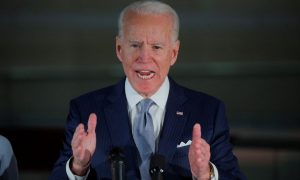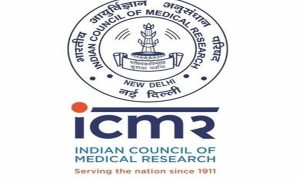Union Education Minister Ramesh Pokhriyal Nishank today approved the release of the guidelines for the Development of e-Content for Children with Disabilities today. During the COVID-19 Pandemic, the Ministry of Education has implemented a number of steps to guarantee that school-aged youngsters do not fall behind in their studies.
Background
PM e-VIDYA, a comprehensive programme, was launched on May 17, 2020, with the goal of bringing together all initiatives linked to digital/online/on-air education. The initiative includes, among other things, the creation of unique e-content for the Divyang (Children with Disabilities-CwDs). In pursuance of this vision, the Ministry of Education’s Department of School Education and Literacy established a Committee of Experts, for recommending guidelines for developing e-content for these children.
Guidelines aim at the fulfilling goal of Inclusive Education
For the first time, an attempt has been made to prepare guidelines for CwD also referred to as Children with Special Needs (CWSN) so that the goal of inclusive education is fulfilled. The Committee submitted a report titled “Guidelines for the Development of e-Content for Children with Disabilities” comprising eleven sections and two appendices. This report was shared, presented, discussed, and accepted by the Ministry of Education.
The salient highlights of the e-content guidelines in the report are:
– e-Content for CwDs should be developed based on the four principles namely: perceivable, operable, understandable, and robust.
– e-Content including text, tables, diagrams, visuals, audios, videos etc. should comply with accessibility standards: national standards (GIGW 2.0) and international standards (WCAG 2.1, E-Pub, DAISY etc).
-Distribution platforms on which content is uploaded (e.g. DIKSHA) and Reading platforms/devices on which content is accessed and interacted (e.g. e-pathshala) must comply with technical standards
-Reasonable pedagogical accommodations have been recommended to meet the specific needs of CwDs.
-The technical standards and guidelines have been detailed out in Section 4 of the report.
-In addition to ADTs, in Sections 6 to 9 the Committee has recommended specific guidelines for the development of supplementary e-Content as per 21 disabilities specified in the RPWD Act 2016 for students having Intellectual and Developmental Disabilities, Multiple Disabilities, Autism Spectrum Disorders, Specific Learning Disabilities, Blindness, low vision, Deafness and Hard of Hearing and others.
-A summary of the recommendations has been presented in Section 10 of the report for sharing widely with content creators, content designers, developers, publishers.
-The implementation roadmap along with the suggestions to strengthen compliance to the accessibility guidelines have been presented in Section 11 of the report.
-Comprehensive guidelines and technical standards for the production of Sign Language videos have been provided at Appendix-1 of the Report.
-Universal Design for Learning( UDL)guidelines for content development and pedagogical accommodations are given in Appendix 2 of the report.
The detailed guidelines for developing ADTs along with existing international and national experience, in the development of prototypes including the recent NCERT’s experience: Barkha:A Reading Series for All (in print and digital versions), and UNICEF’s accessible digital textbooks using Universal Design for Learning ( for Learners with and without Disabilities ) have been presented in Section 5 of the report.
The Committee also recommends that in a phased manner textbooks may be adapted into Accessible Digital Textbooks (ADTs). The content of ADTs should be available in multiple formats (text, audio, video, sign language, etc) with features like turn-on and turn-off. Furthermore, ADTs should provide flexibility to CwDs to respond to its content/exercises in multiple ways.




























 WhatsApp us
WhatsApp us
Pingback: เว็บปั้มไลค์